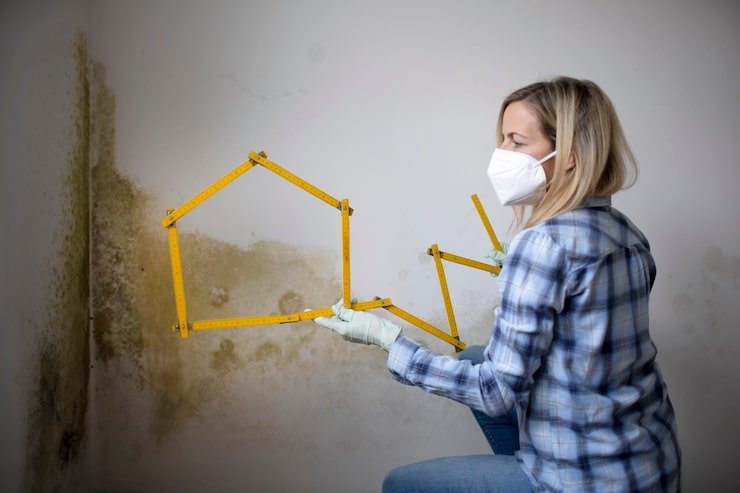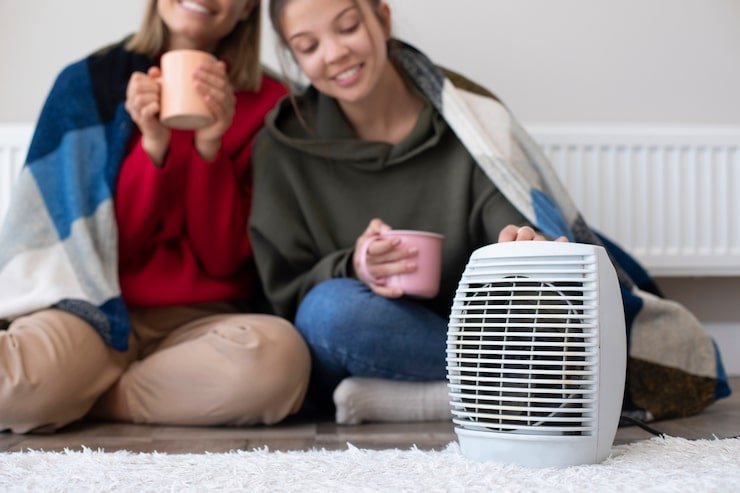What Are VOCs? Understanding Formaldehyde and Its Impact on Indoor Air Quality
- admin323029
- Blog

Indoor air quality plays a major role in your health and comfort. Many homeowners in Massachusetts and New Hampshire do not realize that everyday products release harmful gases into the air. These gases are known as Volatile Organic Compounds, or VOCs. Among them, formaldehyde is one of the most common and concerning. Understanding Formaldehyde & VOCs, where they come from, and how to control them is key to a safer home environment.
What Are VOCs?
VOCs are chemicals that evaporate into the air at room temperature. They come from paints, cleaning supplies, furniture, and building materials. When VOCs build up inside your home, they can trigger headaches, throat irritation, and allergies. Long-term exposure increases the risk of respiratory issues. Formaldehyde is one of the most studied VOCs because it is widely used in manufactured products such as pressed wood, insulation, and textiles.
Homes in Massachusetts and New Hampshire, especially older ones with less ventilation, often trap VOCs indoors. This makes understanding their effects even more important for local families.
Formaldehyde & VOCs: Why They Matter
Formaldehyde is classified as a human carcinogen by the U.S. Environmental Protection Agency. Even at low levels, it can irritate the eyes, nose, and throat. Children and seniors are often more sensitive to exposure.
Formaldehyde & VOCs matter because they are hidden in common household items, including:
-
Pressed wood products such as particleboard and plywood
-
Carpets and upholstery treated with chemicals
-
Paints, varnishes, and glues
-
Household cleaners and disinfectants
These sources release gases into the air, sometimes for years. Without proper ventilation and testing, indoor levels can remain higher than recommended.
How Formaldehyde & VOCs Affect Indoor Air Quality
High levels of Formaldehyde & VOCs reduce indoor air quality and directly affect your comfort. Short-term exposure may cause dizziness, coughing, and nausea. Long-term exposure has been linked to asthma and other chronic conditions.
In Massachusetts and New Hampshire, where winters are long and homes stay closed up for months, VOC buildup becomes a bigger problem. Sealed homes with poor airflow trap pollutants, making seasonal testing and air management essential.
The good news is that practical steps can lower VOC levels and improve air quality.
Practical Steps to Reduce Formaldehyde & VOCs
Addressing Formaldehyde & VOCs does not require major renovations. Small, consistent actions make a big difference:
-
Improve ventilation. Open windows when weather allows. Use exhaust fans in kitchens and bathrooms.
-
Choose low-VOC products. Look for paints, adhesives, and cleaning products labeled “low-VOC” or “no-VOC.”
-
Use air purifiers. Units with activated carbon filters help remove VOCs from the air.
-
Control humidity. Keep indoor humidity between 30 and 50 percent to slow the release of formaldehyde.
-
Test your air. Home air quality testing services, like those available in Massachusetts and New Hampshire, provide accurate VOC level readings.
By combining these measures, you lower exposure and create a healthier space.
When to Test for Formaldehyde & VOCs
Not all homes face the same risk. Consider testing if you:
-
Recently renovated with new flooring, cabinets, or insulation
-
Bought new furniture made from pressed wood
-
Live in a newer home with tight construction
-
Spend extended time indoors with poor ventilation
Professional home inspections in Massachusetts and New Hampshire often include VOC testing as part of a full indoor air quality evaluation. Addressing problems early saves money and protects your family’s health.
Professional Help for Managing VOCs
While you can take action on your own, professionals bring specialized equipment and expertise to the table. Home inspectors trained in air quality testing detect formaldehyde levels with precision. They also recommend targeted solutions based on the results.
In Massachusetts and New Hampshire, many homeowners hire inspectors to assess VOC levels during home sales or renovations. This gives peace of mind and ensures the property meets safe standards. Working with experts means your air quality concerns are addressed quickly and effectively.
Final Thoughts
Formaldehyde & VOCs are hidden pollutants that affect indoor air quality in homes across Massachusetts and New Hampshire. By learning where they come from and how to reduce them, you take control of your environment.
If you want a healthier home, schedule an indoor air quality assessment today. Professional inspection and testing will give you the answers you need and practical solutions to create cleaner, safer air for your family.
FAQs about Formaldehyde & VOCs
1. What are the most common sources of Formaldehyde & VOCs in homes?
The main sources are pressed wood furniture, flooring, carpets, paints, varnishes, adhesives, and household cleaners. These products release gases over time and contribute to poor indoor air quality.
2. How harmful are Formaldehyde & VOCs to health?
Short-term exposure causes headaches, a sore throat, and dizziness. Long-term exposure increases the risk of asthma and other respiratory conditions. Formaldehyde is also classified as a human carcinogen.
3. How do I know if my home in Massachusetts or New Hampshire has high VOC levels?
If you notice strong odors, frequent headaches, or irritation indoors, it could be a sign of VOC buildup. The most reliable way to confirm is through professional VOC testing and air quality inspections.
4. What steps lower Formaldehyde & VOCs effectively?
Ventilation, low-VOC products, air purifiers with carbon filters, and controlling indoor humidity are the most effective measures. Regular testing ensures levels stay safe.
5. Do new homes have more Formaldehyde & VOCs than older homes?
Yes. New homes often have higher VOC levels because of fresh construction materials, adhesives, and paints. Proper ventilation and air quality testing are important in newer properties, especially in regions like Massachusetts and New Hampshire.
Are you worried about the cleanliness of your space?
Let us help you! Cleaning services are our specialty, and we offer a complete range of cleaning and maintenance services. Get a free estimate!



